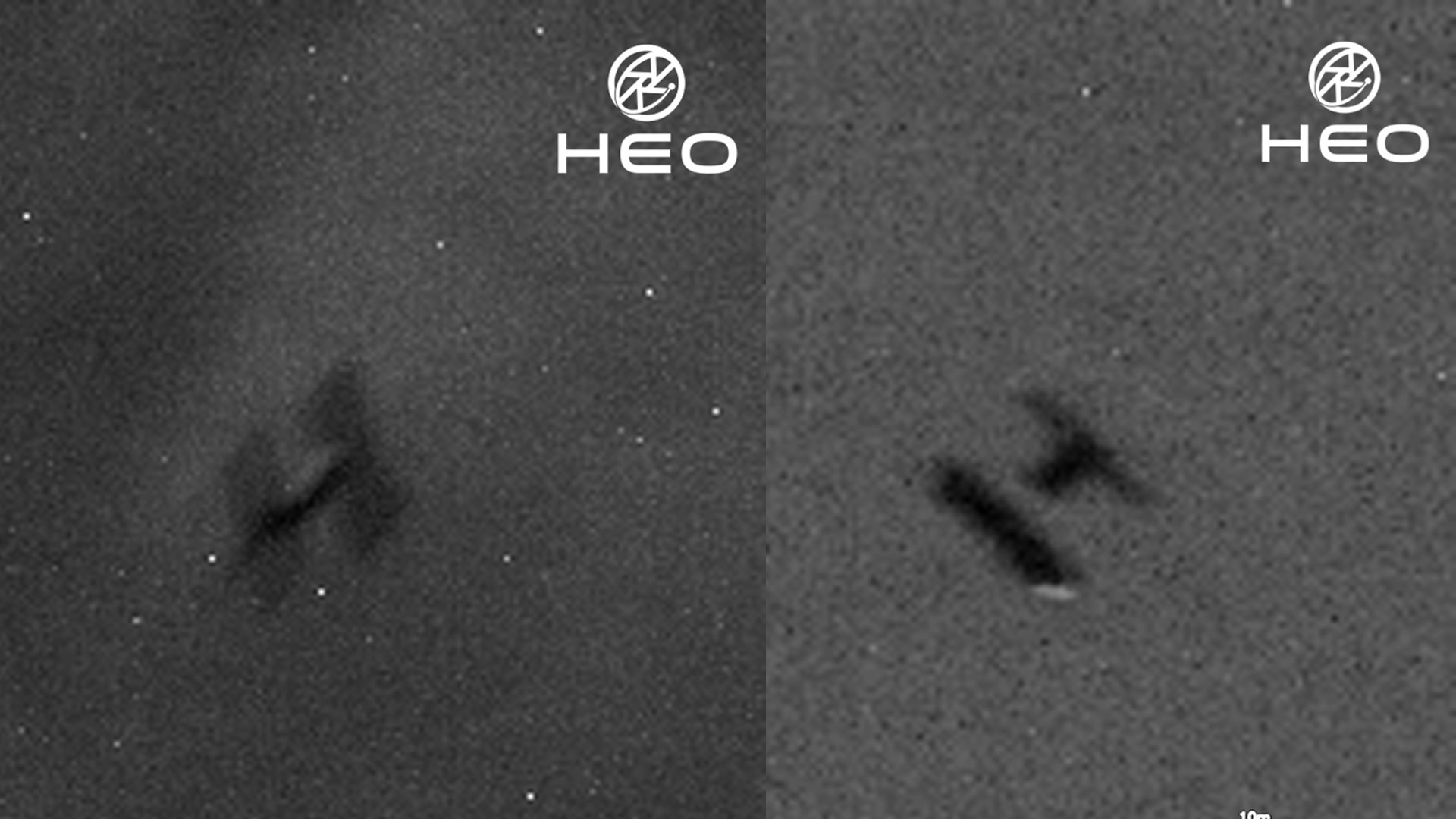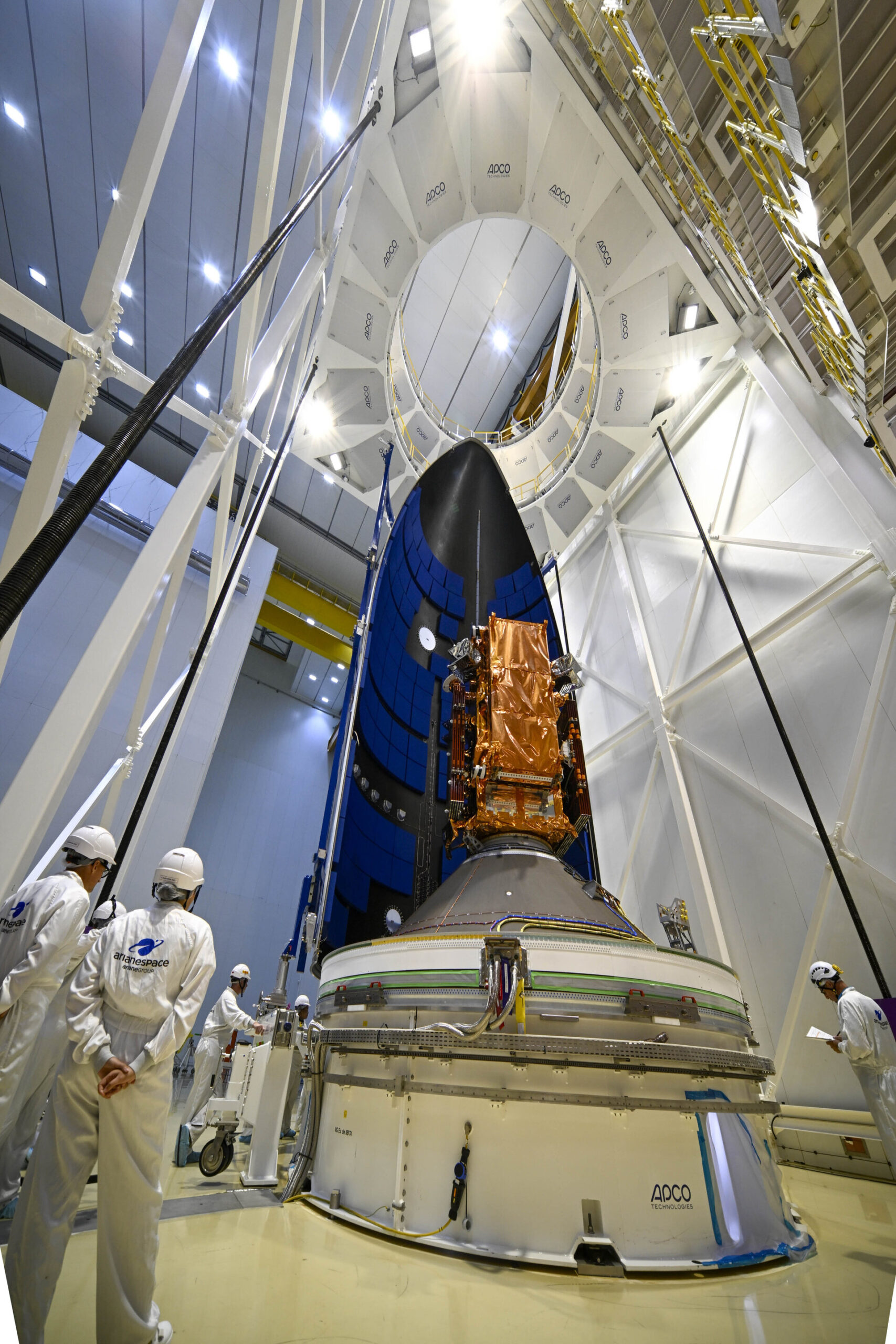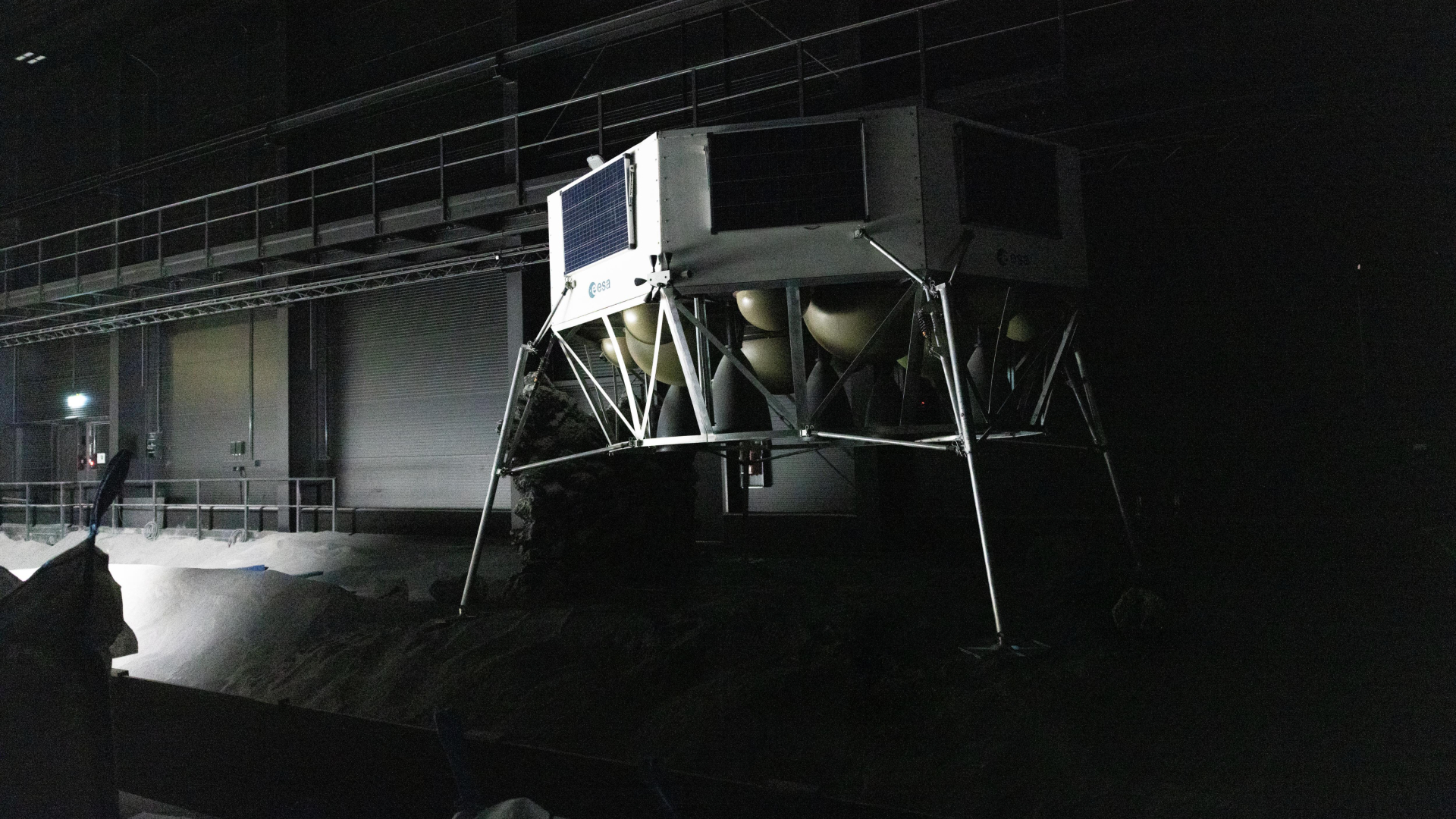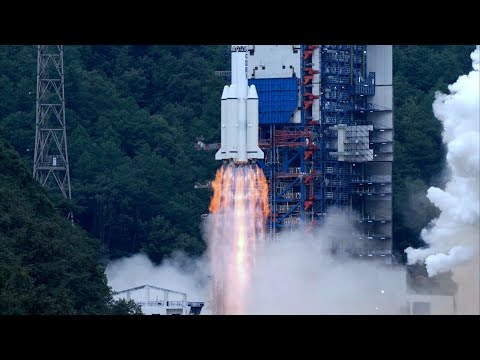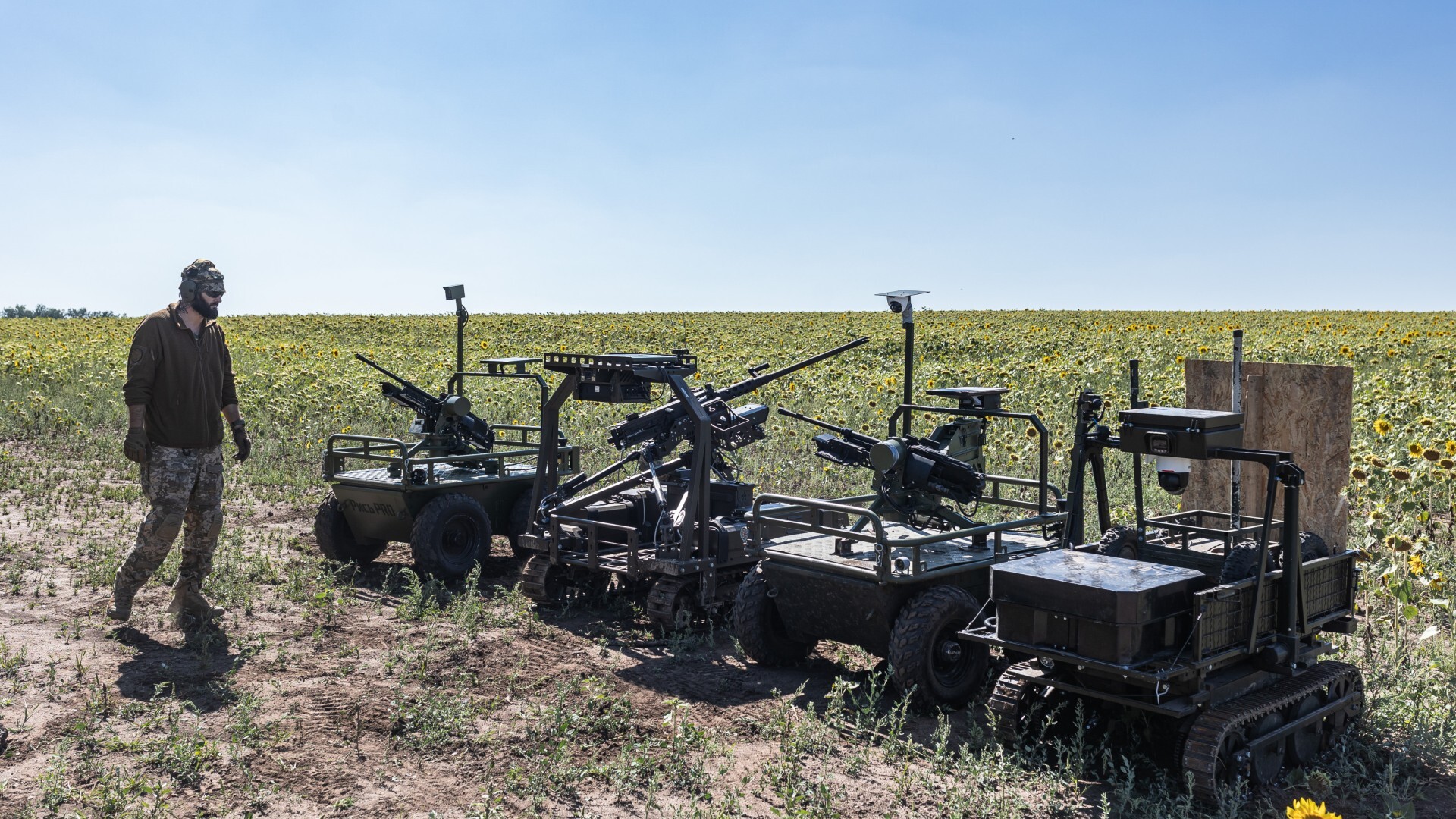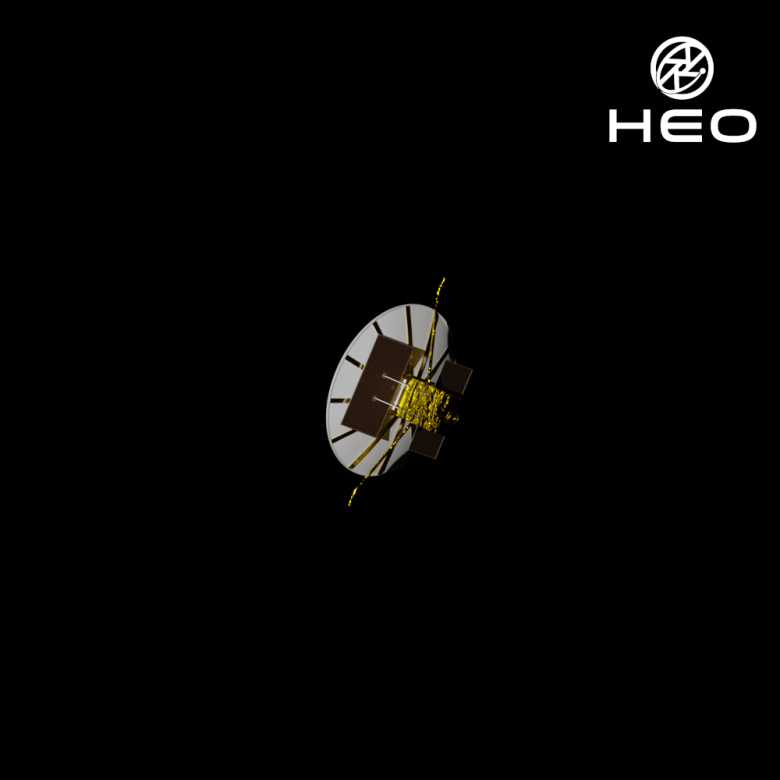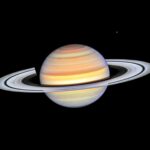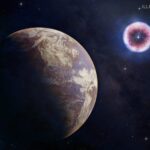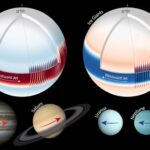An Australian firm leading the way in providing images of spacecraft in low Earth orbit is making moves to expand its capabilities to higher orbits — and possibly, in the
When America embarked on the journey to build the Arsenal of Democracy in World War II, President Roosevelt had a simple instruction: “speed, speed, speed.” His emphasis on speed spurred
The Copernicus Sentinel-1D satellite has reached a significant milestone as it was successfully encapsulated in the fairing of the Ariane 6 rocket at Europe’s Spaceport in French Guiana. This encapsulation
The European Space Agency (ESA) is entering a bold new phase of lunar exploration, setting its sights on establishing a sustainable and independent European presence on the moon. Building upon
TAMPA, Fla. — Iridium Communications plans to release a tiny chip next year to protect devices relying on navigation satellites from jamming and spoofing, reinforcing one of the L-band operator’s
HELSINKI — China added to its Earth observation fleet late Saturday, sending a second Gaofen-14 mapping satellite into sun-synchronous orbit. A Long March 3B rocket lifted off at 11:55 p.m.
The amount of bandwidth provided by SpaceX’s Starlink satellites is limiting Ukraine’s ability to operate ground robots on the frontline of the nation’s war against Russia, forcing the beleaguered nation’s
HELSINKI — Australian company HEO has imaged and modeled a mystery Chinese satellite prior to its reentry into Earth’s atmosphere, revealing previously unknown details about the spacecraft. Xinjishu Yanzheng-7 (XJY-7),
The defense and intelligence community is entering a new era of autonomy, one defined by AI-driven workflows that are reshaping how we handle geospatial intelligence (GEOINT). Agents are beginning to
File: A SpaceX Falcon 9 rocket stands ready to launch the Starlink 7-14 mission from Vandenberg Space Force Base. Image: SpaceX SpaceX will continue its rapid pace of launches Monday
-
 012024 in Review: Highlights from NASA in Silicon Valley
012024 in Review: Highlights from NASA in Silicon Valley -
 02Panasonic Leica Summilux DG 15mm f/1.7 ASPH review
02Panasonic Leica Summilux DG 15mm f/1.7 ASPH review -
 03How New NASA, India Earth Satellite NISAR Will See Earth
03How New NASA, India Earth Satellite NISAR Will See Earth -
 04And Thus Begins A New Year For Life On Earth
04And Thus Begins A New Year For Life On Earth -
 05Astronomy Activation Ambassadors: A New Era
05Astronomy Activation Ambassadors: A New Era -
06SpaceX launch surge helps set new global launch record in 2024
-
 07Space Force plans new ‘Futures Command’ amid pressure to speed up modernization
07Space Force plans new ‘Futures Command’ amid pressure to speed up modernization


